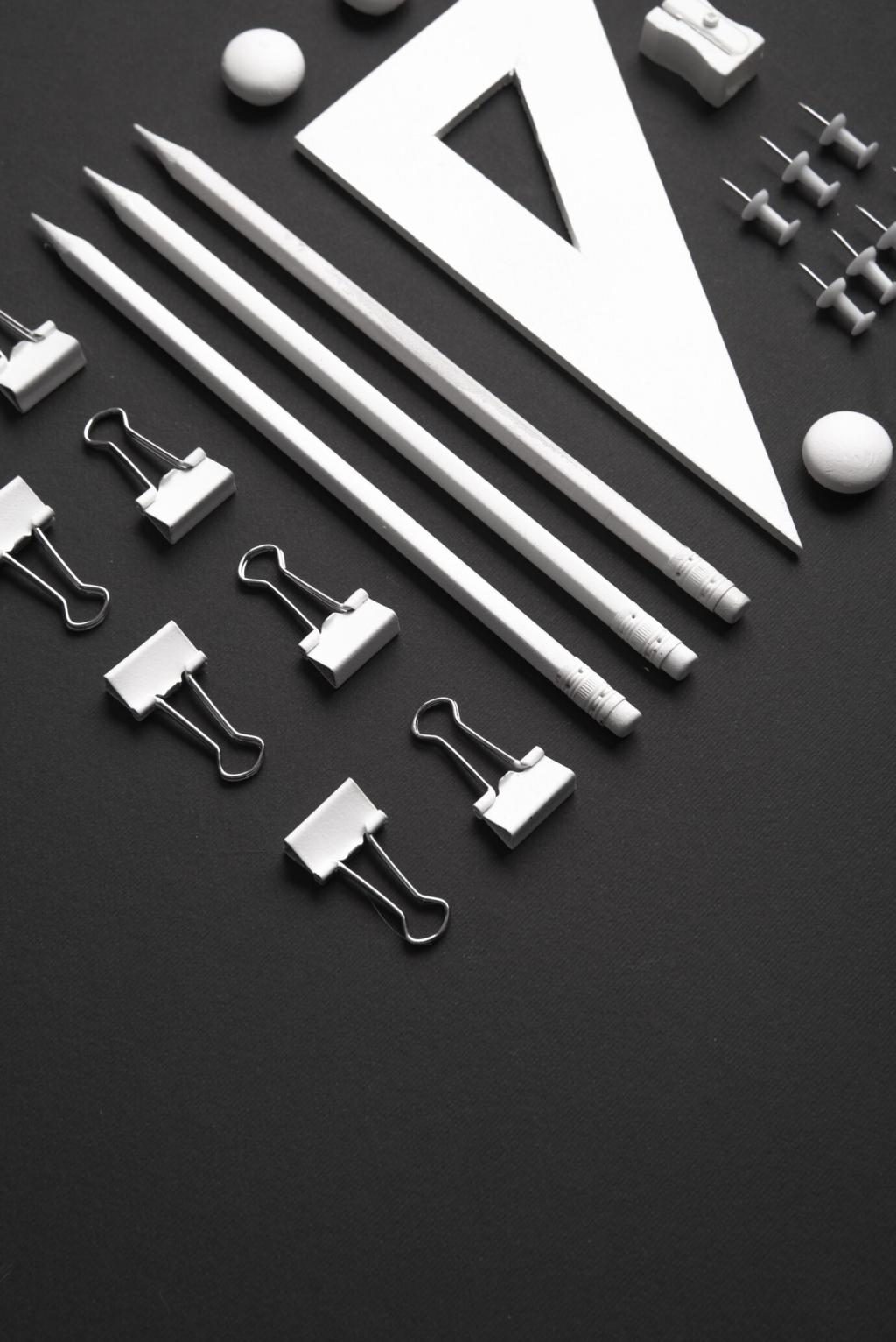Texture in Small Spaces: Minimal Tricks, Big Impact
Consider limewash, clay plaster, or fine microcement for a soft, clouded effect that avoids heavy pattern. Vertical slats or slim battens can stretch perceived height. Keep tones restrained so the texture whispers rather than shouts in tight quarters.
Texture in Small Spaces: Minimal Tricks, Big Impact
Herringbone in a pale, matte finish offers movement without chaos. Cork tiles dampen sound and feel warm. A flatweave rug defines zones without bulk. Share your small-space floor strategy so readers can learn from real-world layouts and lessons.


